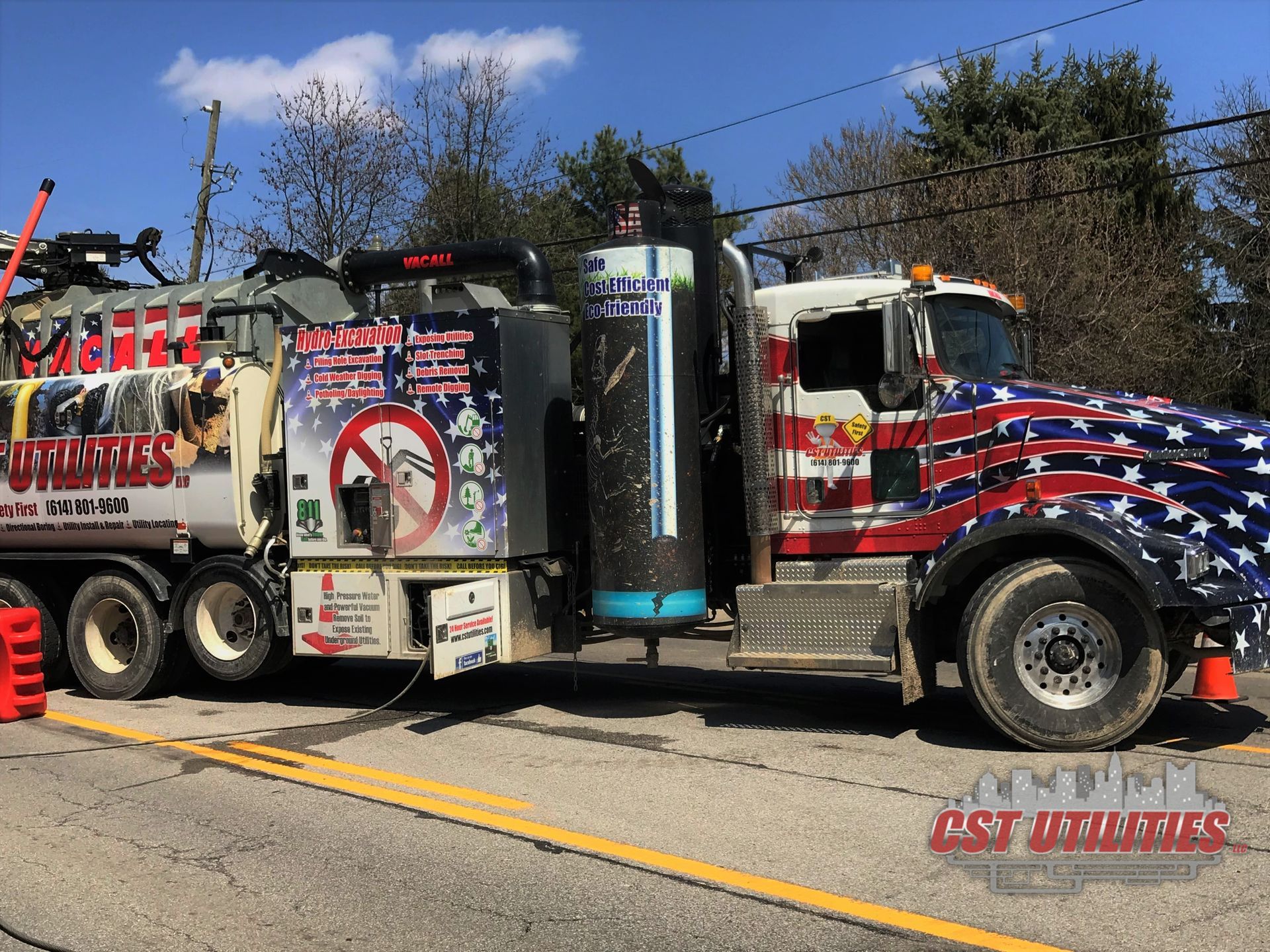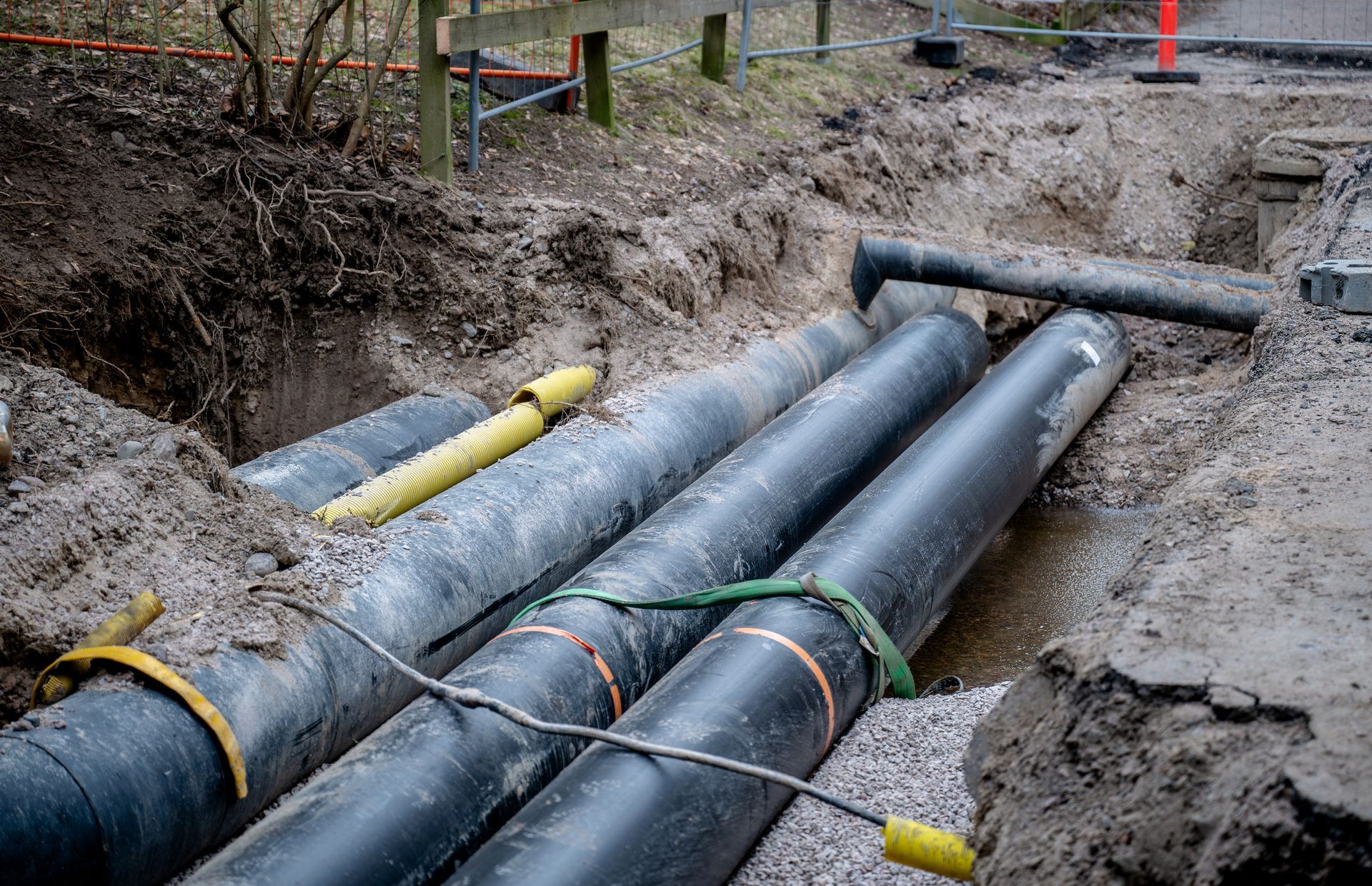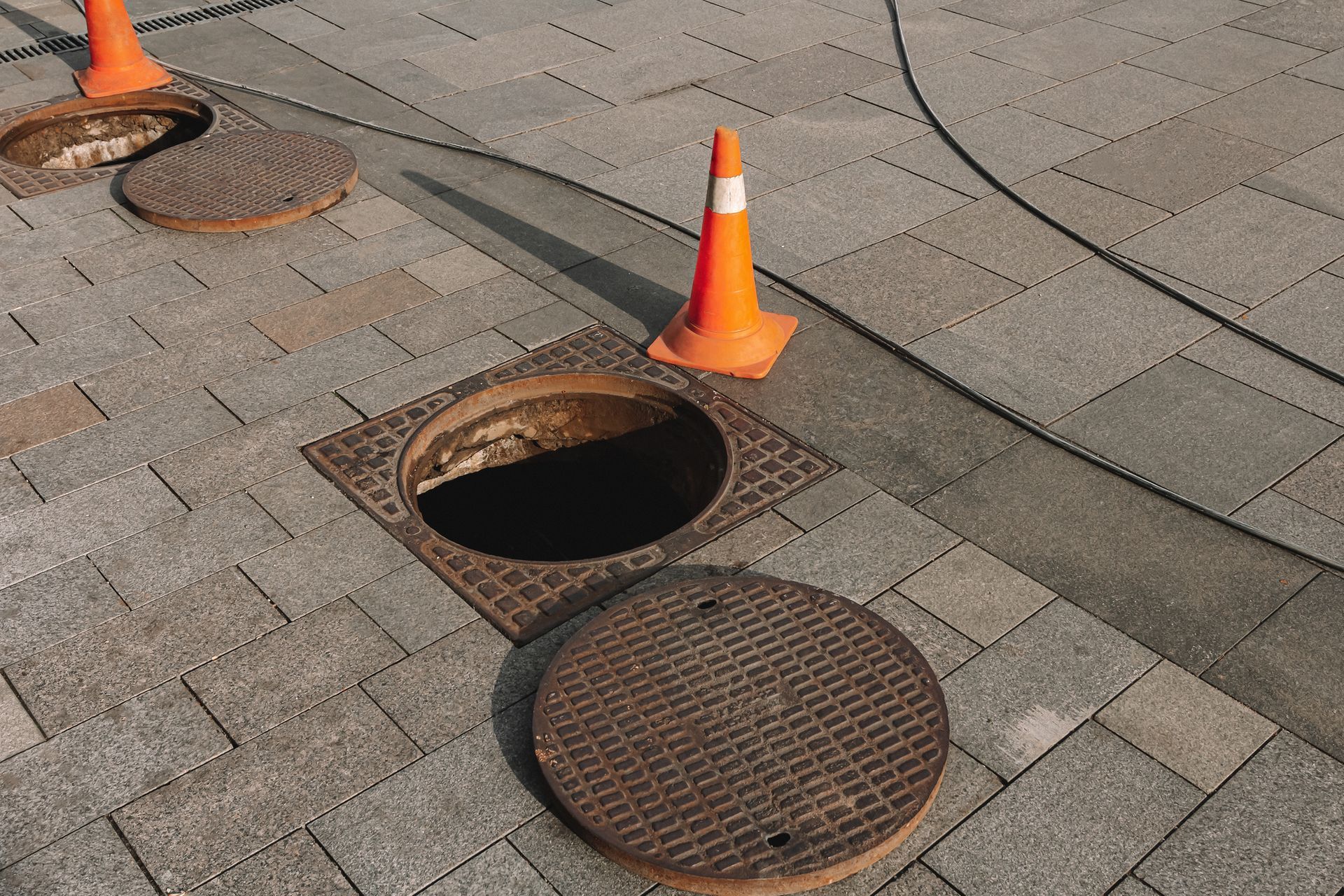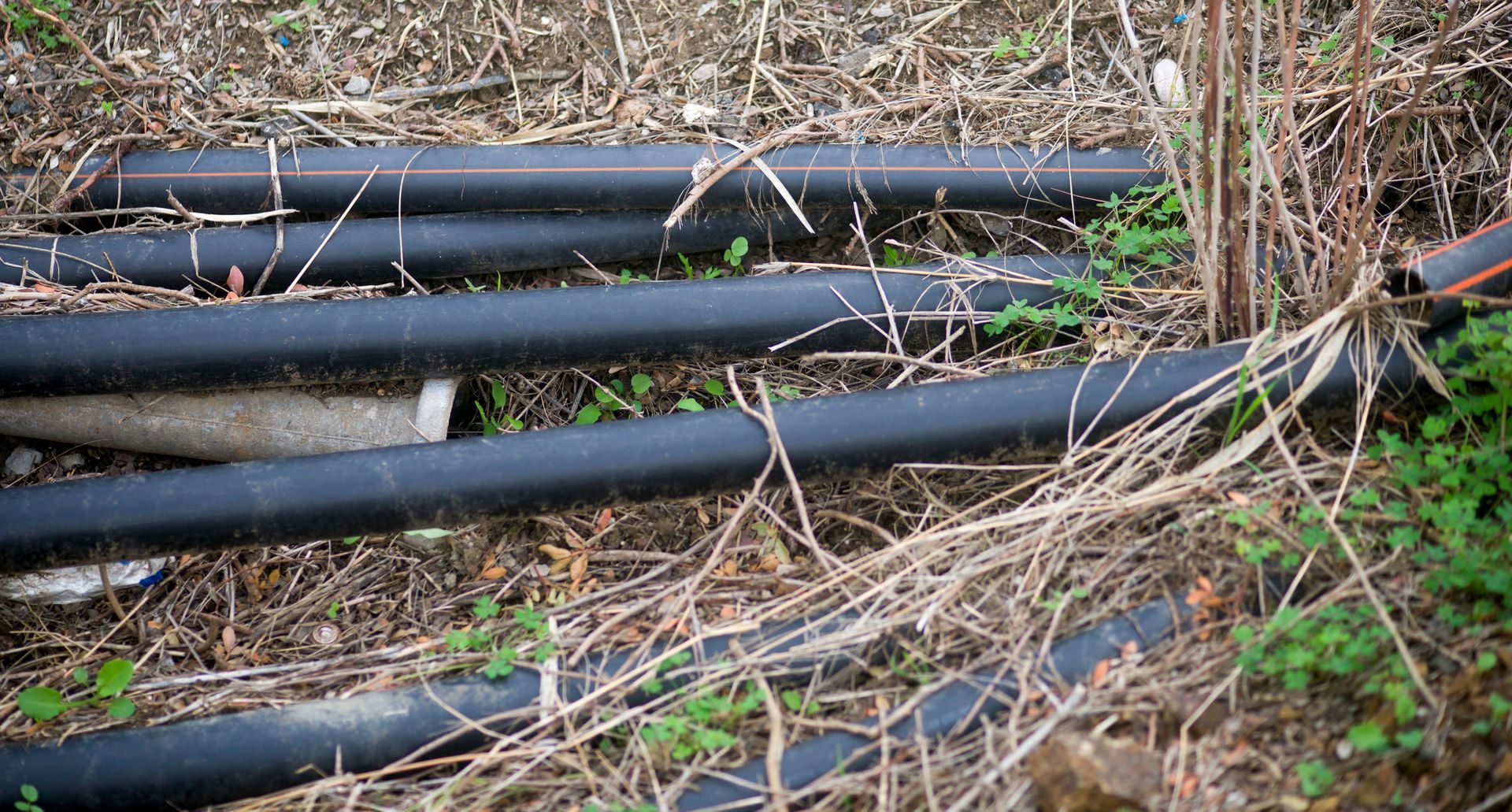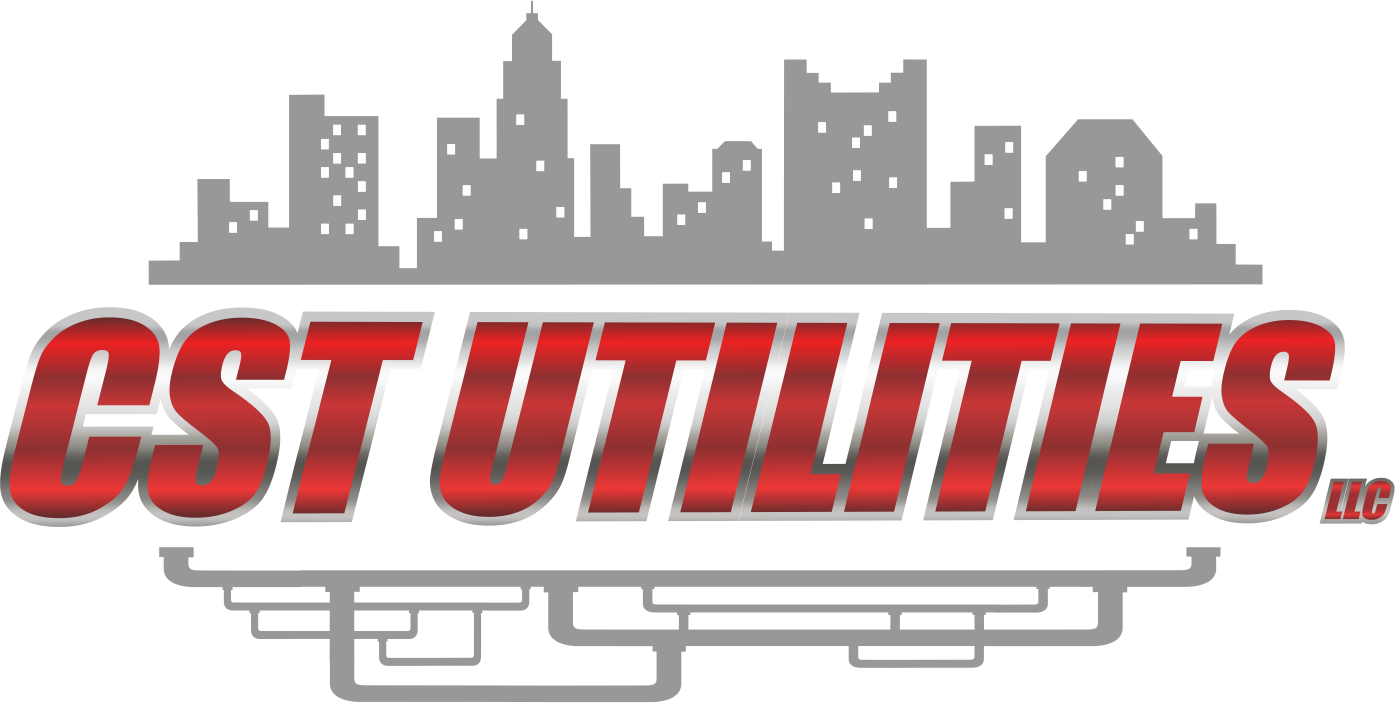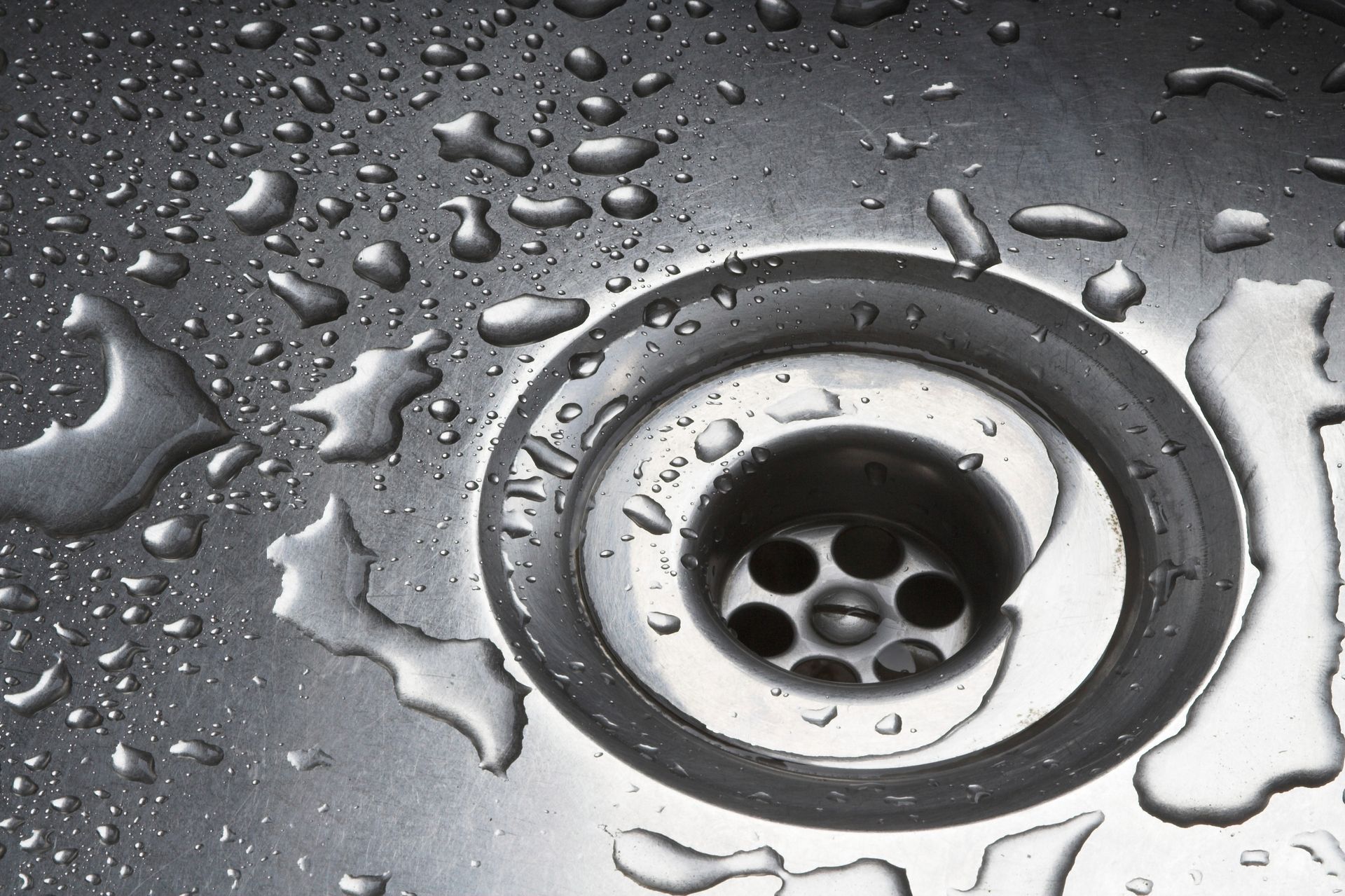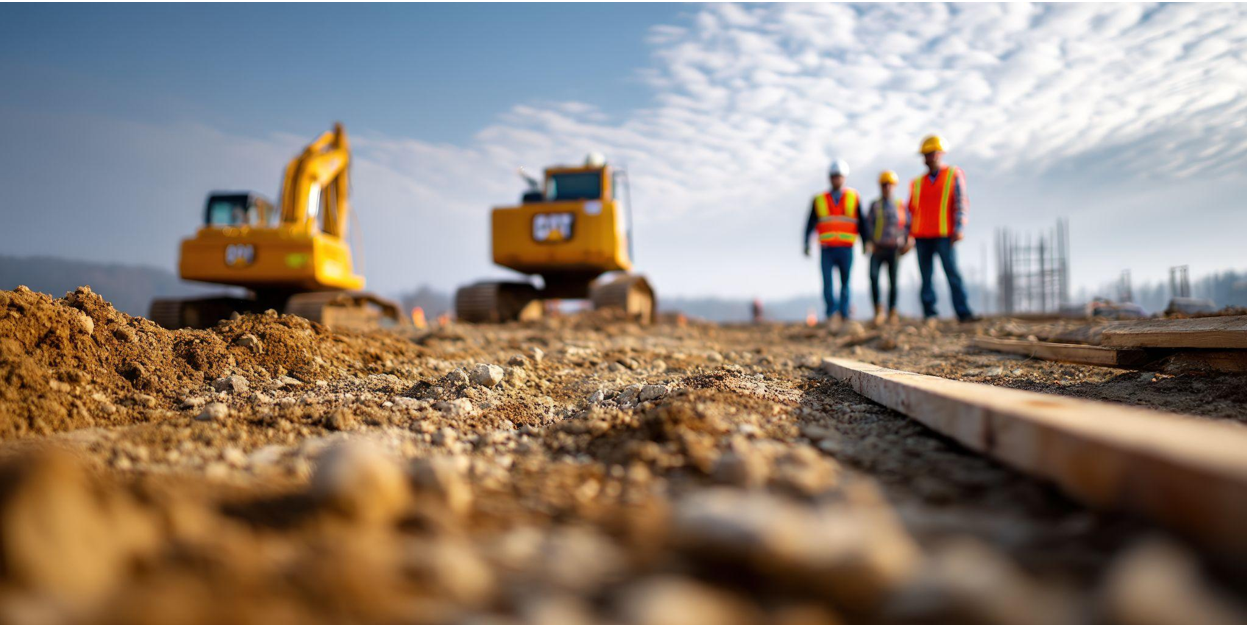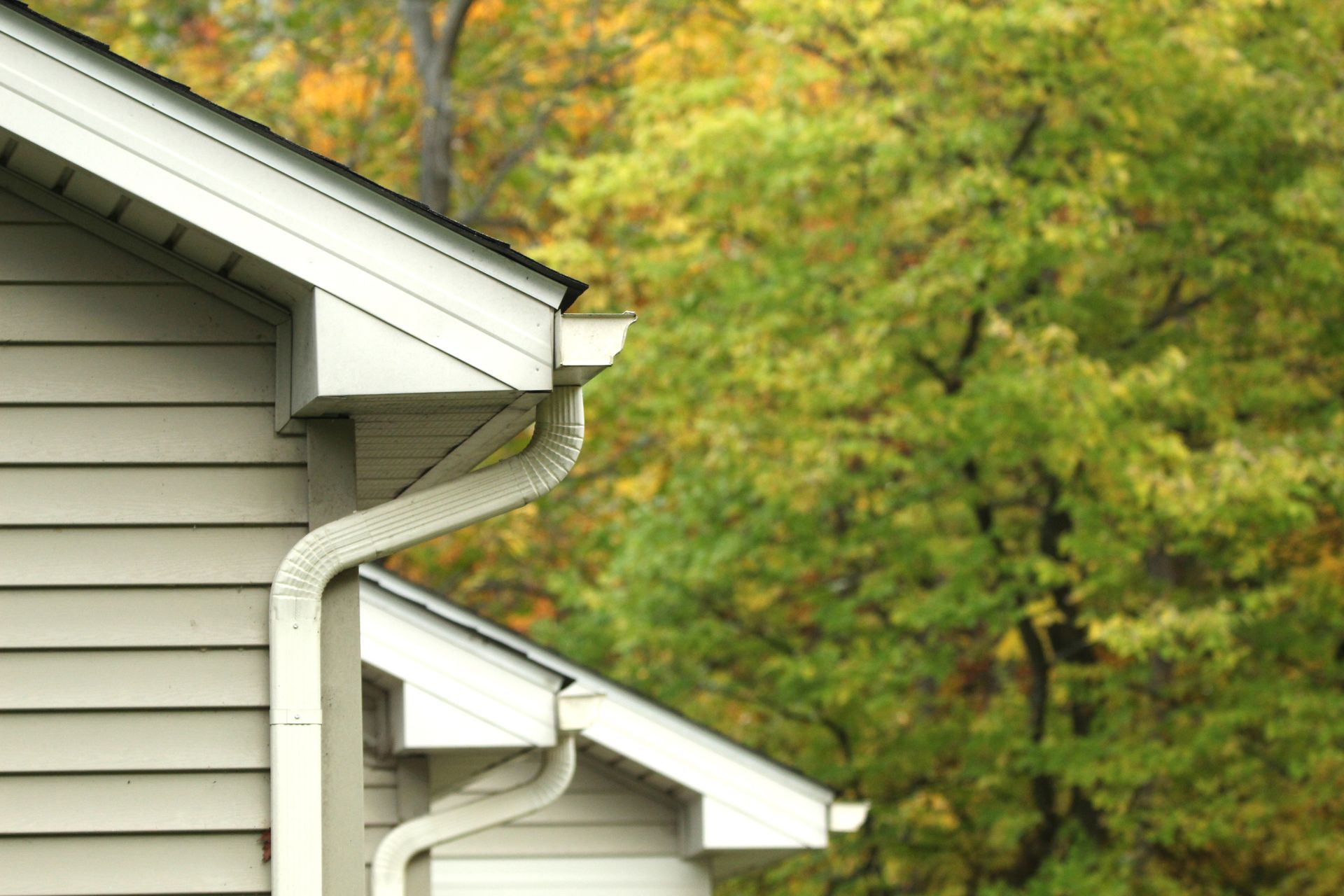Drain Cleaning: When to Use a Hydro Jetter vs. Cabling (And the Pros & Cons of Each)
Drain Cleaning: When to Use a Hydro Jetter vs. Cabling
(And the Pros & Cons of Each)
Clogged drains are more than just a nuisance—they can cause major disruptions to your home or business. When traditional methods don’t cut it, it’s time to bring in the pros. But how do you know whether to use hydro jetting or cabling (also known as snaking)?
At CST Utilities, we specialize in both methods and are here to help you understand the difference—and choose the right one for the job.
What Is Cabling?
Cabling uses a flexible, metal cable with a cutting head to physically break up clogs and remove them from your drain. It’s one of the most common and time-tested solutions for clogged pipes.
Pros of Cabling:
- Great for basic clogs like hair, grease, and paper buildup
- Cost-effective and quick
- Less invasive—ideal for older or fragile pipes
- Pinpoint application—only targets the area where the blockage is
Cons of Cabling:
- May not fully clean pipe walls
- Can struggle with heavy grease, sludge, or tree root intrusions
- Doesn’t prevent future buildup—more of a short-term fix
What Is Hydro Jetting?
Hydro jetting uses high-pressure water to blast away debris, grease, and buildup from your pipes. It’s like power washing your plumbing system—from the inside.
Pros of Hydro Jetting:
- Thoroughly cleans pipe walls and removes residue
- Excellent for removing heavy grease, sludge, and tree roots
- Prevents future clogs by clearing buildup before it becomes a blockage
- Eco-friendly—no chemicals involved
Cons of Hydro Jetting:
- Typically costs more than cabling
- Not ideal for weakened or brittle pipes
- Requires a camera inspection first to avoid damage
So, Which One Do You Need?
| Situation | Best Method |
|---|---|
| Simple clog (hair, small debris) | Cabling |
| Heavy grease buildup or recurring clogs | Hydro Jetting |
| Older or fragile pipes | Cabling |
| Newer or durable pipes with frequent backups | Hydro Jetting |
Still not sure? That’s where we come in. Our experienced technicians will inspect your system and recommend the safest, most effective solution based on your pipes and the issue at hand.
Let’s Clear Things Up—For Good.
Whether it’s a simple fix or a deep clean, CST Utilities has the tools, technology, and expertise to get your drains flowing freely again. Contact us today to schedule a service or inspection
